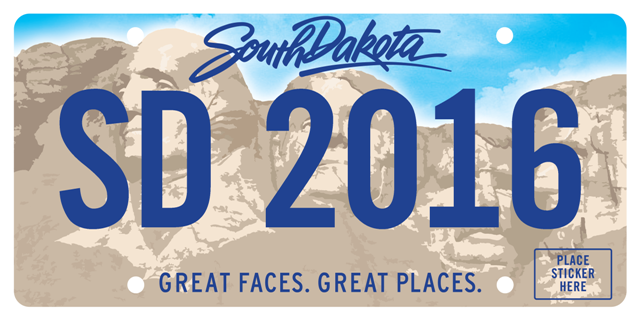This summer the Department of Equalization will be conducting a reassessment of all commercial properties in Fall River County.
Done: All
The assessors would like to thank everyone for their cooperation during this summer reassessment. All field work has been completed except for a few odds and ends.
Preliminary notices with new values will be sent out in mid-January. After preliminary notices are sent there will be about four weeks during which you can meet with the assessors regarding the new value.
Official assessment notices will be sent March 1st. Any changes to properties after that point will require filing an appeal to the Board of Equalization.

